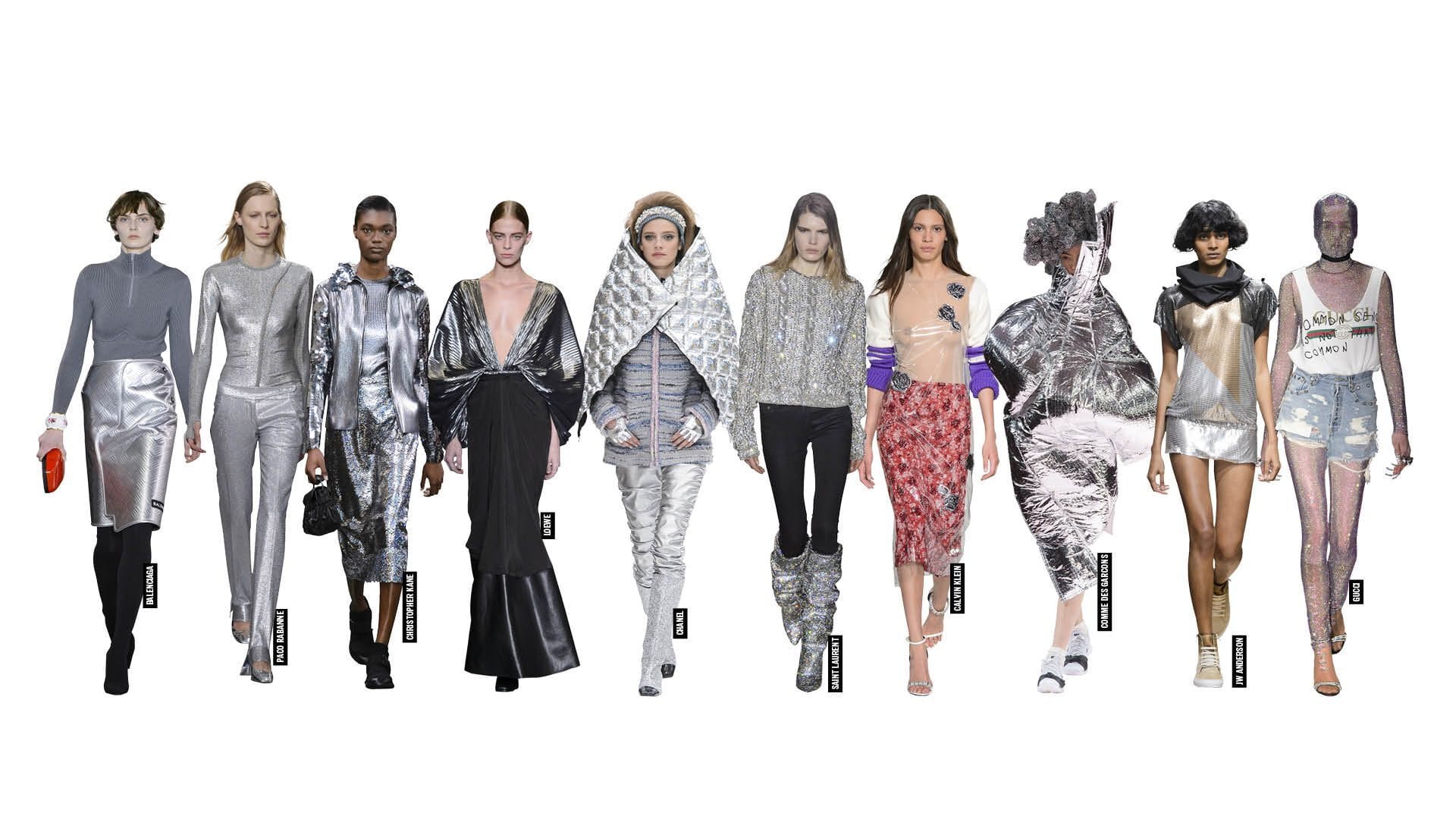Fashion Forecasting: AI Predicts the Next Big Trends
Designers and industry experts would attend fashion shows, scour the streets for style inspiration, and analyze consumer behavior to predict upcoming trends.

In the ever-evolving world of fashion, staying ahead of the curve is crucial for designers, retailers, and consumers alike. Gone are the days of relying solely on intuition and trend-spotting; today, artificial intelligence (AI) is revolutionizing the way fashion trends are predicted and analyzed. In this article, we delve into how AI is reshaping fashion forecasting and revolutionizing the industry.
Introduction: The Evolution of Fashion Forecasting

Fashion forecasting has traditionally been a blend of art, instinct, and trend analysis. Designers and industry experts would attend fashion shows, scour the streets for style inspiration, and analyze consumer behavior to predict upcoming trends. However, this approach has its limitations, often resulting in inaccurate or outdated forecasts.
The Role of Artificial Intelligence in Fashion Forecasting
Enter artificial intelligence—a game-changer in the world of fashion forecasting. AI algorithms are trained to analyze vast amounts of data, including social media trends, runway collections, historical sales data, and even cultural and economic indicators. By processing this data, AI can identify patterns, correlations, and emerging trends that human analysts may overlook.
Analyzing Big Data for Trend Insights
One of the most significant advantages of AI in fashion forecasting is its ability to analyze big data quickly and efficiently. AI algorithms can sift through millions of data points in real-time, identifying subtle shifts in consumer preferences and market trends. This data-driven approach provides fashion professionals with valuable insights into what styles, colors, and fabrics are resonating with consumers.
Predictive Modeling and Trend Projections
AI-powered predictive modeling is another key component of fashion forecasting. By analyzing historical data and current trends, AI algorithms can generate accurate projections of future fashion trends. These projections allow designers, retailers, and marketers to make informed decisions about product development, inventory management, and marketing strategies.
Enhancing Creativity and Innovation
Contrary to popular belief, AI is not replacing human creativity in fashion; rather, it is enhancing it. By automating time-consuming tasks such as trend analysis and data processing, AI frees up designers and creatives to focus on what they do best—innovating and pushing the boundaries of design. AI can suggest new color palettes, fabric combinations, and design elements based on trend data, inspiring designers to create fresh and exciting collections.
Personalized Recommendations and Customer Insights
In addition to predicting macro-level trends, AI can also provide personalized recommendations and insights at the individual consumer level. By analyzing a customer's past purchases, browsing history, and style preferences, AI algorithms can recommend products that align with their tastes and preferences. This personalized approach not only enhances the shopping experience but also drives customer loyalty and engagement.
Challenges and Considerations
While AI holds tremendous potential for fashion forecasting, it is not without its challenges. One of the primary concerns is the quality and reliability of data used to train AI algorithms. Biases in data collection and sampling can lead to inaccurate predictions and reinforce existing stereotypes and trends. Additionally, there are ethical considerations surrounding data privacy and security, particularly when it comes to collecting and analyzing sensitive consumer information.
Conclusion: The Future of Fashion Forecasting
In conclusion, artificial intelligence is revolutionizing fashion forecasting by harnessing the power of big data and predictive analytics. By analyzing vast amounts of data in real-time, AI algorithms can identify emerging trends, predict future fashion trends, and provide personalized recommendations to consumers. While there are challenges and considerations to address, the future of fashion forecasting looks bright with AI at the helm.